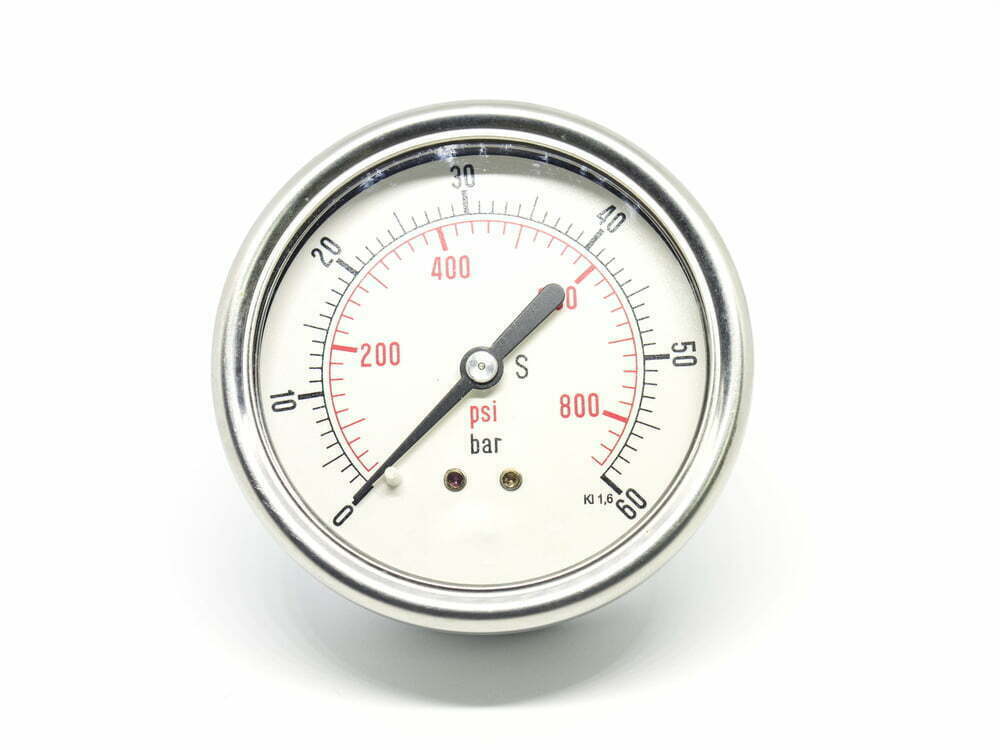

What to Consider When Choosing a Stainless Steel SinkĪfter settling on the best mounting type, consider sink size, the optimal number of sink bowls, material quality, and how to select a sink that complements the rest of the kitchen appliances without upstaging them. Apron sinks are available in either top-mount or undermount styles to suit individual preferences and kitchen decor. The look is currently popular, especially with “country” or rustic-style kitchens, as it resembles old-fashioned farmhouse sinks. While some feel this type is less likely to allow water to leak between the sink and the countertop, a professionally installed undermount sink of either type should be virtually leak-free.Īn apron-style model features the front edge of the sink extending beyond the edge of the countertop. Instead, the solid countertop surface is cut to the exact dimensions as the sink opening or slightly smaller, which allows the countertop material to extend over the top of the sink.
#STEEL 18 GAUGE PROFESSIONAL#
This type of sink is carefully fitted to a countertop’s underside after a professional fabricator cuts an opening for it. UndermountĪn undermount sink, also called a recessed model, is better suited to solid-surface countertops, such as granite, quartz, or stone. Handy DIYers with a bit of plumbing experience can often replace one top-mount sink with another because the process is fairly straightforward.

For those who have an existing top-mount sink, choose another top-mount when replacing the sink to get the best results. A top-mount sink features a rim, or a lip, that rests on the surrounding countertop. Top-Mountįor decades, the only type of sink on the market was the top-mount sink, commonly known as a drop-in sink.
#STEEL 18 GAUGE INSTALL#
The kitchen’s available space and whether the sink will be a new install or a retrofit are also top installation considerations. All sinks fit into three basic installation types: top-mount, undermount, and apron-style (also known as farmhouse). Sinks are categorized first by the way they install, and after that, by their quality, design, and style. BEST DOUBLE BOWL: Hykolity 33-inch Double Bowl Stainless Steel Sink.BEST PREP SINK: Ruvati 15 x 15 inch Drop-In Topmount Bar Prep Sink.BEST APRON/FARMHOUSE: Sarlai Stainless Steel Farmhouse Sink.BEST UNDERMOUNT: Kraus Kore 2-Tier Undermount Stainless Steel Sink.BEST TOP-MOUNT: Friho Large Topmount Drop-in Stainless Steel Sink.BEST BANG FOR THE BUCK: Ruvati 30-Inch Undermount Stainless Steel Sink.BEST OVERALL: Kraus Kore Workstation 30-Inch Stainless Steel Sink.Ahead, learn what to look for when shopping for a stainless steel sink, and find out why the following models are true standouts. The best stainless steel sink for you will depend on the style you favor (there are discernable differences), your budget, and the desired sink location. That’s because this attractive metal is durable, heat- and stain-resistant, and often more affordable than other sink materials, such as porcelain or soapstone. Since then, it has remained a prevalent method of designating the thickness of both wire and sheet metal.Browse the sink aisle of any home improvement store and you’ll find more stainless steel models than any other variety on display. At that time, gauges were used to describe the diameter of the metal wire being drawn. It most likely originated from the British wire industry before the standard and metric measurement systems were widely adopted. The gauge system has long history in metal fabrication. Because of the varying thicknesses, a gauge chart should be used to ensure the metal meets the required dimensions. For example, in one gauge system, 18 gauge steel measures 0.0478 inches thick, but 18 gauge aluminum is 0.0403 inches thick. There are several different gauge systems used today, with specific gauge designations used for specific metal types. The gauge number “18” holds no relevance to the actual measurements. For example, 18 gauge steel, according to a gauge conversion chart, is 0.0478 inch or 1.214 millimeter. A gauge conversion chart can be used to determine the actual thickness of sheet metal in inches or millimeters. Gauges are neither standard nor metric and the values are independent of those measurement systems. Gauges are used to specify the thickness of a sheet metal. To help, this blog will explain the gauge system and features a sheet metal gauge chart. Someone unfamiliar with the gauge system may not understand what is meant by 18 gauge steel, for example. When working with sheet metal, it is common for the term “gauge” to be used.


 0 kommentar(er)
0 kommentar(er)
